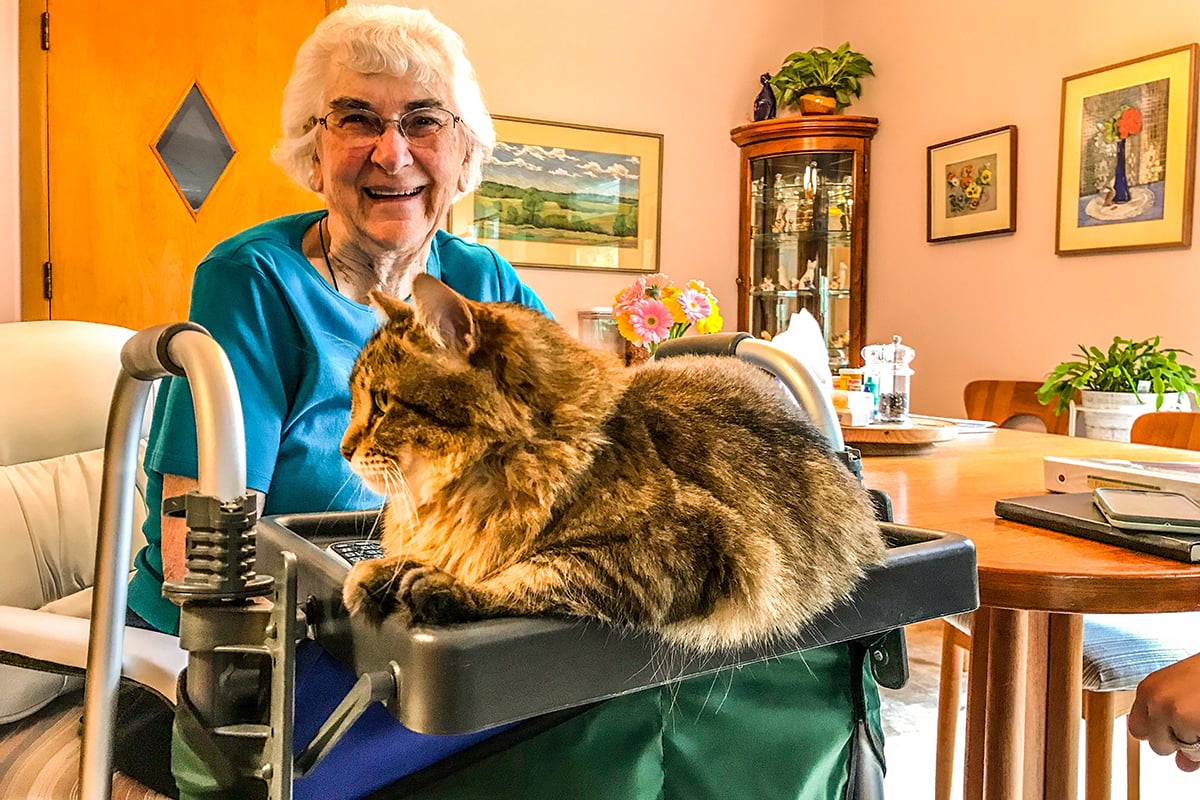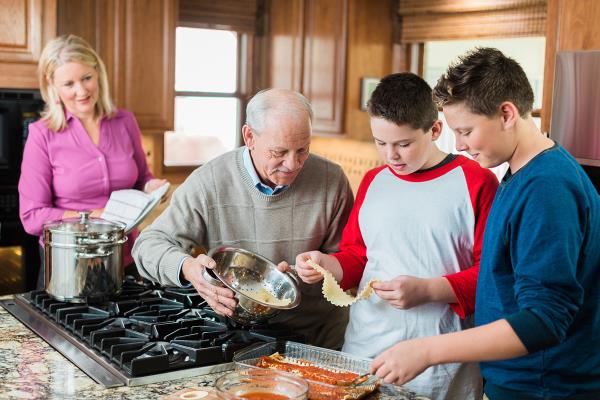The thought of seeing a puppy’s cute face every day or snuggling at night with a cuddly cat can be a tempting incentive if you’re considering adopting a pet. But pet ownership isn’t for everyone.
Not to worry. There are other ways to get the benefits of pets without the responsibility of pet ownership. Animal interaction can provide the same benefits as pet ownership including companionship that could reduce the risks of isolation. Check out these seven ways:
- Visit a cat or dog café. Larger cities often are home to cat and dog cafés. Some business owners stock the cafés with animals that need a home. Visit and cuddle with dogs or cats looking for a home.
- Hang out at the dog park! It may sound strange, but you don’t necessarily need to own a dog to go to the dog park. Why not check out the options to socialize with other people and their furry friends.
- Foster pets until they are adopted. If you’d like a temporary animal fix, some rescue organizations offer short-term adoption options. For example, when you agree to foster a cat, you temporarily take the cat into your home until it is adopted. Rescue organizations rely on fostering as some don’t have shelters. Older adults near military installations can offer to take care of a pet when military personnel are deployed.
- Volunteer at a rescue organization, animal shelter or zoo. In addition to fostering animals, consider helping a rescue organization or team in a variety of other ways. This active senior spends each weekday morning at the zoo preparing fruits and vegetables for the animals, then walks dogs every afternoon at the local humane society. The Humane Society’s animal rescue team works to save animals that are victims of cruelty or natural disasters. You can provide care to animals in temporary shelters, including cleaning cages and enclosures, feeding, watering, restocking supplies, washing dishes, walking dogs, or socializing with the animals. Duties at shelters include many of the same tasks in addition to adoption counseling or administrative tasks.
- Get to know your neighbors’ pets. If you regularly walk the neighborhood, you’ll likely see pet owners walking their dogs. Why not ask to join them on the walk? You’ll get better acquainted with pets and their owners.
- Connect with a therapy animal. If your loved one is in a care community, consider reaching out to a therapy animal group. Pet Partners therapy teams, made of a pet owner and his or her registered animal, go into many locations where seniors are living or being treated such as hospitals, hospice centers and care communities. In addition to this one-on-one interaction, Pet Partners’ “Walk With Me” program encourages groups of care community residents to schedule a time to walk with a Pet Partners’ animal and handler outdoors or inside if the weather is bad. Or, if you have a pet, consider becoming registered through Pet Partners.
- Visit a pet store. Some pet stores sell small animals such as guinea pigs, hamsters, chinchillas, gerbils, mice, rats, certain geckos, bearded dragons, snakes, specific types of frogs, certain types of birds and fish. Visiting could give you the pet fix you need!
Interested in adopting a pet? To find the best pets for you or another aging loved one, check out the 5 best pet options for seniors.
Compassionate Home Care





